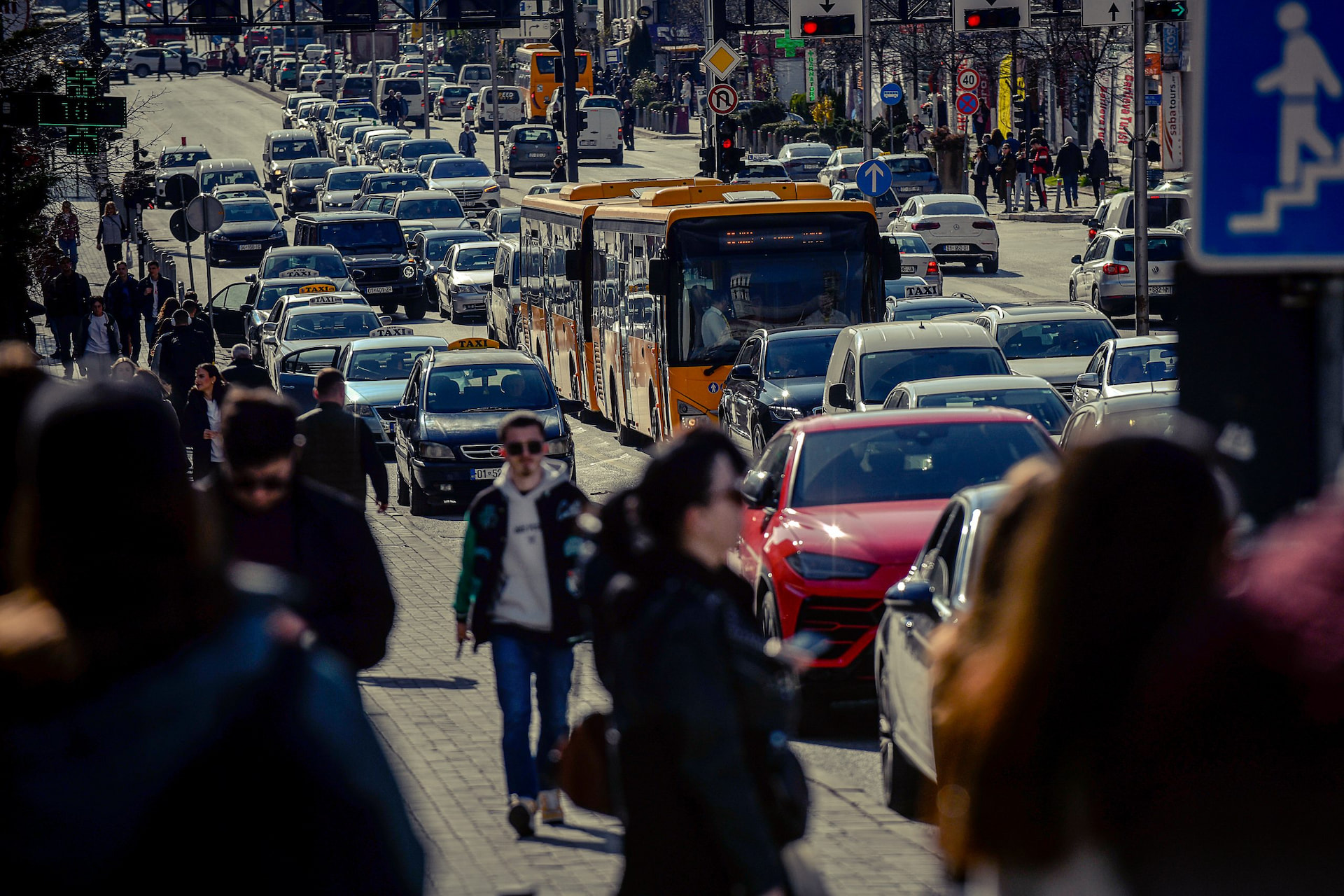
The capital of chaos
Prishtina is becoming synonymous with traffic jams.
|11.04.2024
|
Some of the penalties foreseen by the amendment of Law No. 08/L-186 for Road Traffic Rules:

Uran Haxha
Uran Haxha is a journalist at K2.0 and the host of the show “Pak ma Drejt” on Paper Radio. He’s covered economic issues and human interest stories for a number of Kosovo media outlets. He studied marketing and management.
This story was originally written in Albanian.